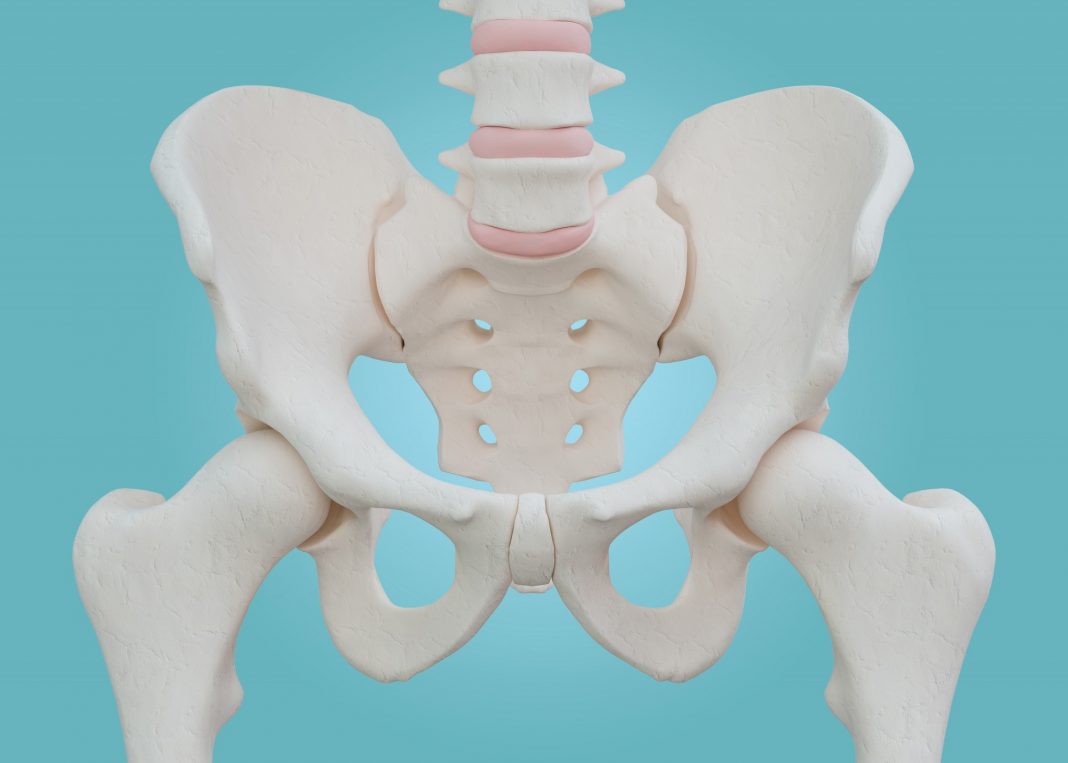The Australian and New Zealand Hip Fracture Registry (ANZHFR) has released its 2021 Annual Report into the recovery process following hip fracture, which reveals a significant disparity in care for patients across hospitals in the Australian and New Zealand region.
Based at Neuroscience Research Australia (NeuRA), the ANZHFR report has identified that while 90% of people are offered the opportunity to get up from bed on the first day after surgery, only 47% of people with a hip fracture actually get out of bed on this first day.
The Hip Fracture Care Clinical Care Standard recommends a person with a hip fracture is offered the opportunity to sit out of bed and start walking the day after surgery and at least once a day thereafter.
Co-Chair of ANZHFR and Principal Research Fellow at NeuRA, Professor Jacqueline Close says that early walking aims to restore movement and to reduce post-operative complications, but the report reveals substantial differences between hospitals in whether this is achieved.
“We have seen a huge difference between hospitals and their performance on this aspect of care.
“Some hospitals are getting over 90% of patients out of bed and starting that recovery process the day after surgery while in other hospitals it is as low as 20-30%.
“The results show that there is work to be done to better understand why this variation exists between hospitals as getting people moving after a hip fracture is key to achieving what is important to our patients – getting home and being independent,” says Professor Close.
While the report shows ongoing improvements in several of the recommended patient assessments that take place prior to surgery, such as assessment of cognition and delirium and the assessment and management of pain, the results of the ANZHFR report also show areas where there is still room for improvement.
The number of people leaving hospital on treatment for osteoporosis is still low (27%), without much improvement over time.
Understanding why there has been little progress is a priority for ANZHFR.
Reportedly, the data from this year’s report will be used to provide feedback to the stakeholders of the Registry, so that the outcomes of hip fracture care continue to improve across Australia and New Zealand.
“Much has been achieved and we have seen progress in many areas of hip fracture care,” says Professor Ian Harris, Co-Chair of the ANZHFR.
“Much is still to be done and the Registry will continue to work with clinicians and managers on the key aspects of high-quality care.”
The full report is available here: anzhfr.org/reports/






